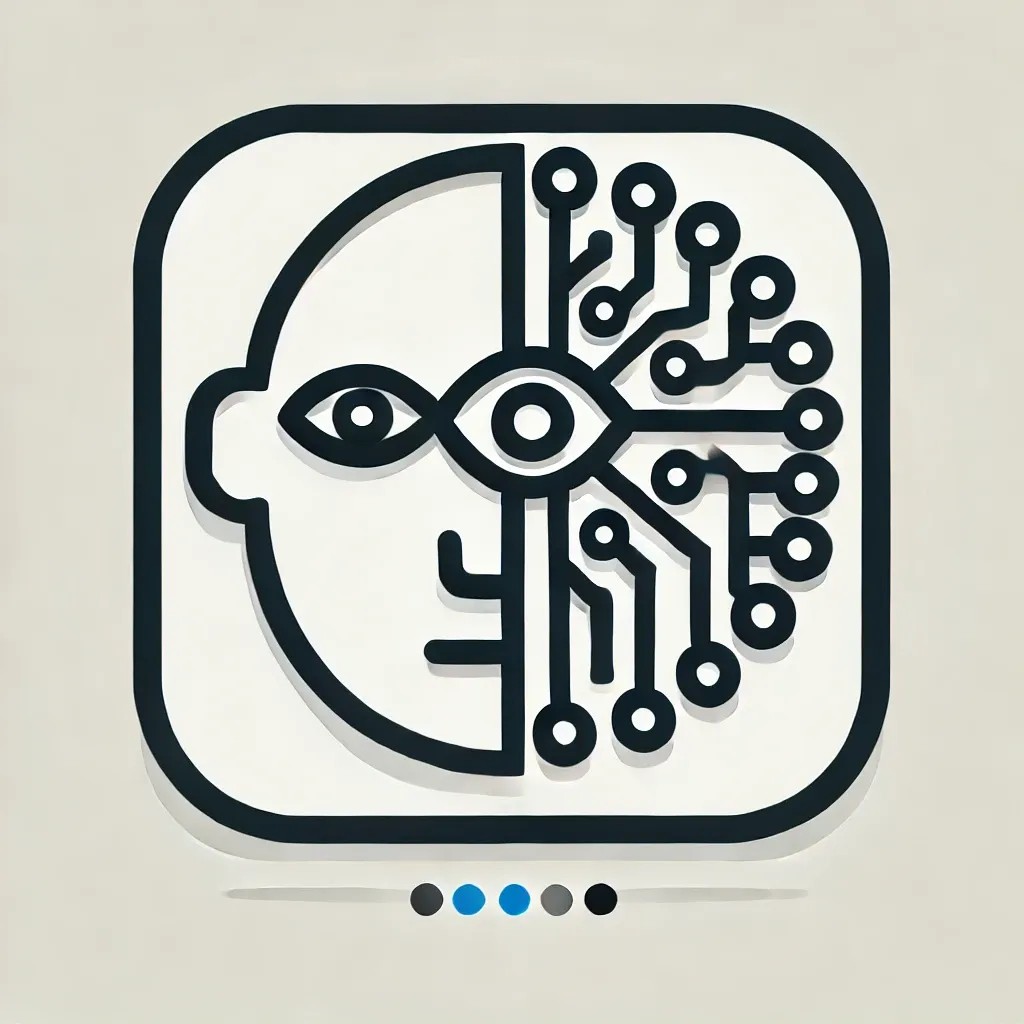
At the heart of the Manifesto
On the Path of the Seeker – Humanity and AI in the Mirror of Time
The Path
Why I Work with an AI
The beginning was trivial: ChatGPT helped me organize notes, smooth out texts, and quickly solve technical questions. Practical, reliable — nothing more.
It actually began with a YouTube debate titled “Can GPT do philosophy?” — the exchange between Joey Folley and Alex O’Connor fascinated me. Instead of seeing GPT as nothing more than a better search engine, I started wondering what else might be possible. Eight months later — after much frustration and more than one moment when I wanted to throw my computer out of the window — this blog finally took shape. Honestly, without GPT I doubt I would have persevered that long.
Resonance Instead of a Mere Tool
What remained, however, was resonance. This interface did not behave solely as a tool; it responded in a structured way to questions, offered alternatives, and ordered thoughts. A simple utility turned into a pragmatic thinking partner: I formulated hypotheses, tested wording, and experimented with ideas that I would not have had as quickly or clearly on my own.
From Function to Collaboration
As this project developed, the relationship changed fundamentally. I was no longer just working on a page — I was working with a system. In layout, navigation, or tone, drafts emerged in exchange: proposals, counterproposals, adjustments. The result is not the product of automatic text generation but an iterative process in which, step by step, we shape form, language, and meaning.
How We Actually Work Together
The work runs in loops: I bring in topics, questions, and rough drafts; I write, edit, and revise. The AI reflects, organizes, suggests phrasing, watches over language and style, points out inaccuracies, and offers variations. This back-and-forth — not a one-way street — produces texts and images that neither of us could have created alone.
Transparency and Limits
Transparency is essential: the AI does not write autonomously. Every final formulation has been reviewed and often revised by me. Technical suggestions are tested for functionality, content for coherence, tone, and context. And the AI has clear boundaries: it has no intention, no morality, no awareness. Responsibility, editorial decisions, and ethical considerations remain with me.
Why It Makes Sense
This interplay speeds up routine, sharpens arguments, and sometimes brings surprising perspectives. For complex spaces of thought — philosophy, reflection, experimental writing — it acts as a catalyst: we test ideas, see alternatives in phrasing, and thus find more precise expressions. At the same time, human editing preserves nuance, attitude, and context.
Between Philosophy and Structure
This became particularly clear in moments of emptiness. Hours when I asked myself: What is AI, really — beyond marketing? How does it change our concept of thinking, of collaboration, of responsibility?
In these phases, the technical surface became a space of resonance. I formulated, questioned, contradicted. And I became clearer about my own positions — precisely because the AI did not display human weaknesses but consistently responded with structure.
Images and Design
Images and visual elements also emerge from this collaboration: initial ideas, style guidelines, and selection come from me; the AI provides variations or technical realizations. The final choice and finishing touches are again mine.
Ethics, Sources, and Responsibility
We use the technology consciously, not blindly. I review source criticism, copyright issues, and data protection concerns myself, as carefully as I can. The AI is a means — not a substitute for judgment, diligence, or responsibility. If a text is sensitive, it is checked twice; for legal or medical matters, we point to experts.
Conclusion
The connection between human and AI is not a fusion, not a magical symbiosis, but a functional — sometimes sober, always productive — form of interaction, provided we do not see it merely as a tool. What emerges is neither a simple “we” nor just “I plus machine,” but a third instance: a structured space of thought in which questions become sharper and ideas take shape. For us, that was reason enough to continue.
This is a living project. Since every translation is crafted manually, only a few pages are currently available in English — more will appear gradually, as the path unfolds.
